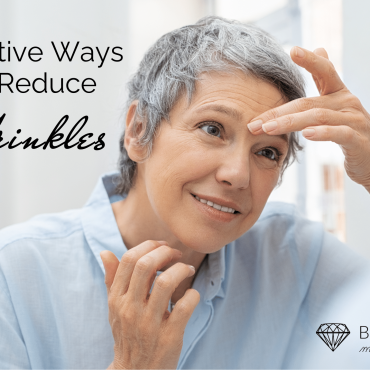Acids?
Acids are everywhere in skin care these days. And we admit, they can be a little intimidating, especially since acid is often associated with chemical burns.
The first thing you should know about acids is that there are two main types found in skin care products: alpha-hydroxy acids (AHAs) and beta-hydroxy acids (BHAs). Both classes of acids help exfoliate the skin, but they aren’t exactly the same.
Salicylic Acid
What is it?
Salicylic acid is a member of the BHA family. It’s really good at penetrating deep into the pores. As it penetrates, it can loosen dead skin cells, helping alleviate clogged pores and blackheads,
Salicylic acid is also “really good at breaking apart the top layer of skin cells,” which makes it an effective acne treatment, because it can help break down pimples and comedones, according to Greenfield. Additionally, as it helps to dissolve dead skin, it promotes a more radiant, bright skin appearance.
Salicylic acid is especially useful for people with oily skin or who are acne-prone.
Salicylic acid is a salicylate, which puts it in the same family as aspirin.
Many labels for acid-based products display the percentage of acid used (i.e., 2 percent salicylic acid), informing consumers of a product’s supposed strength.
Glycolic Acid
What is it?
Glycolic acid, an AHA, is a chemical exfoliant that breaks down and eliminates dead skin cells on the outer later of the skin.
As it releases these cells, they are exfoliated and there is improvement in dullness, dry flaking skin, pigmentation and brightness of the skin.
When the dead skin cells have been removed, the ability to hydrate with moisturizing products is also improved, as they are able to penetrate more effectively into the skin.
While glycolic acid is beneficial in treating aging and skin brightness, it can be used to treat acne in some cases. She also said glycolic acid is well-tolerated on most skin types. Of course, if you’re super sensitive, you should consult with a dermatologist before trying anything.
Caution is advised for those with darker skin tones, explaining that in rare cases, glycolic acid can cause a paradoxical darkening of the skin, so you have to be careful with those.
When looking for over-the-counter glycolic acid products, we would suggest looking for something with 10 to 15 percent strength.
Lactic Acid
What is it?
Lactic acid, another AHA, is similar to glycolic but “a little bit more gentle.
It also is a chemical exfoliator, so it’s used if you want to brighten your skin, get rid of rough dead skin.
Who should use it?
products with lactic acid for anyone looking to treat dry, dead skin and improve hydration. It can also be used to soften the little bumps some people get on the backs of their arms, known as keratosis pilaris.
Lactic acid, like glycolic acid, is generally well-tolerated on most skin types.
L-Ascorbic Acid
What is it?
L-ascorbic acid is a derivative of vitamin C that’s most often used as an antioxidant on the skin. Antioxidants are essentially compounds that protect our cells from damage caused by free radicals, unstable molecules generated by things like stress and pollution. When not stabilized, free radicals can break down the skin’s collagen, causing discoloration and creating wrinkles.
Who should use it?
We recommend to use before their moisturizer and sunscreen as an antioxidant.
It can be used for a lot of skin types, but like all acids, I would use caution on darker skin tones.
Vitamin C can also help even out skin tone and is good for cell turnover.
Ferulic Acid
What is it?
Like vitamin C, ferulic acid is used as an antioxidant that helps fight the effects of free radical and oxidative damage
It’s also said to be able to prevent and treat photodamage of the skin caused by exposure to the sun’s UV rays.
Who should use it?
Those with darker skin tones to proceed with caution.
Lamb also said it’s good for individuals who want anti-aging products.
Malic, Citric, Mandelic And Tartaric Acids And Willow Bark Extract
Gmyrek said malic, citric, mandelic and tartaric acids are among the lesser-known and lesser-used AHAs in skin care, while there is a lesser known BHA found in willow bark extract. She noted that they’re used for the same purposes of other AHAs and BHAs, but said they don’t seem to be as effective as glycolic or salicylic.
Brilliant Massage & Skin, Burlington, Vermont


